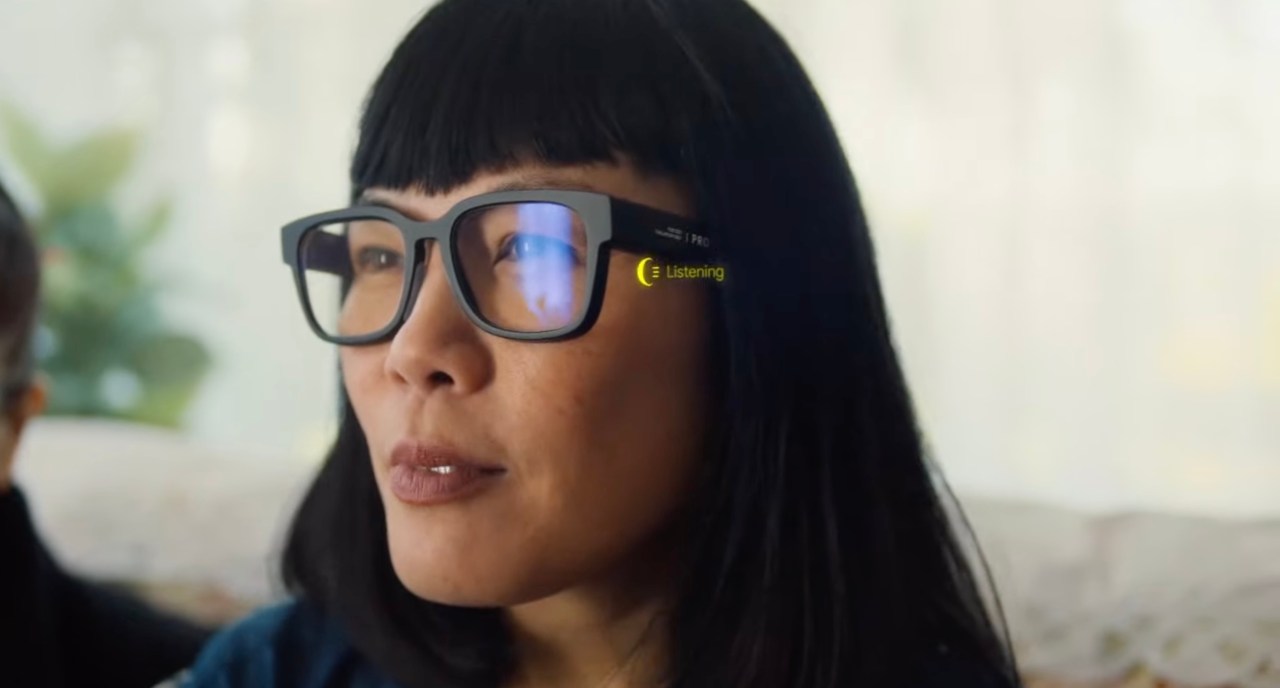The tech world has long been abuzz with the idea of augmented reality (AR), and Google has reemerged with an intriguing glimpse into what could follow in the footsteps of its ambitious yet faltering predecessor, Google Glass. During the recent I/O keynote, CEO Sundar Pichai gave a sneak peek into a possible future of wearables, focusing on real-world applications that address the flaws of the original vision. This time around, the emphasis is not on extreme sports antics but on fostering connectivity across language barriers and enhancing communication. Let’s delve deeper into what this means for users and the broader implications for AR technology.
What Went Wrong with the First Generation?
The original Google Glass was a pioneering piece of technology that struggled primarily for two reasons:
- Hardware Limitations: The technology simply wasn’t ready for widespread consumer adoption. From battery life to display resolution, many aspects fell short of user expectations.
- The “Why” Factor: While the concept of hands-free access to information was novel, Google struggled to convey a compelling reason for people to invest in the device. Without a practical purpose justifying its high price tag, Google Glass remained a niche product primarily adored by developers and tech enthusiasts.
Redefining Purpose with Translation and Transcription
Fast-forward to today’s Google I/O keynote, and the company’s approach seems to have matured. Pichai introduced the idea of live, in-situ translation—a game-changing feature that seeks to bridge the gap between people speaking different languages. Imagine attending a gathering where some attendees converse in a foreign tongue, and you can actively participate without missing a beat. This could redefine social interaction for those who are deaf or hard of hearing, providing them with access to real-time subtitles through an AR display. The implications are vast and transformative.
A Realistic Step Forward
The teaser video showcased a “simulated point of view,” providing a potential user experience that emphasized functionality over extravagance. No longer are we presented with breathtaking stunts; instead, we see how this technology might integrate seamlessly into our daily lives.
Here are some considerations that underline the potential effectiveness of this forthcoming device:
- Contextual Relevance: The emphasis on real-world applications resonates with everyday users, suggesting that future iterations might have far broader appeal.
- Integration with Existing Technologies: By harnessing Google’s expertise in translation and transcription, we could see a product that not only stands on its own but also enhances other Google services such as Maps or Assistant.
- Gauging Market Interest: Today’s presentation was as much about proving concepts as it was about feedback. This strategic unveiling suggests that Google is taking a more measured approach to releasing products.
The Road Ahead
While the features touted have the capacity to create meaningful connections, questions remain. Will this technology be accessible to the average consumer? What will it cost? And most importantly, how effectively will these features work in real environments? The journey from prototype to product often tests the resolve of tech companies, and Google is no exception as it navigates this new landscape.
As conversations about AR continue to evolve, Google seems poised to take on a prominent role in defining its future. If they can successfully deliver a product that meets its promises, this new device could be a turning point in the world of wearable technology.
Conclusion
The forthcoming augmented reality device from Google signals an exciting chapter in technology that seeks to integrate our day-to-day interactions with advanced capabilities. By focusing on genuine usefulness and drawing from lessons learned in their earlier foray, Google may finally have a shot at making AR accessible for everyone. With its concentrated efforts in enhancing communication through burgeoning technologies like translation, there is indeed a glimmer of hope for what is to come.
At fxis.ai, we believe that such advancements are crucial for the future of AI, as they enable more comprehensive and effective solutions. Our team is continually exploring new methodologies to push the envelope in artificial intelligence, ensuring that our clients benefit from the latest technological innovations.
For more insights, updates, or to collaborate on AI development projects, stay connected with fxis.ai.

